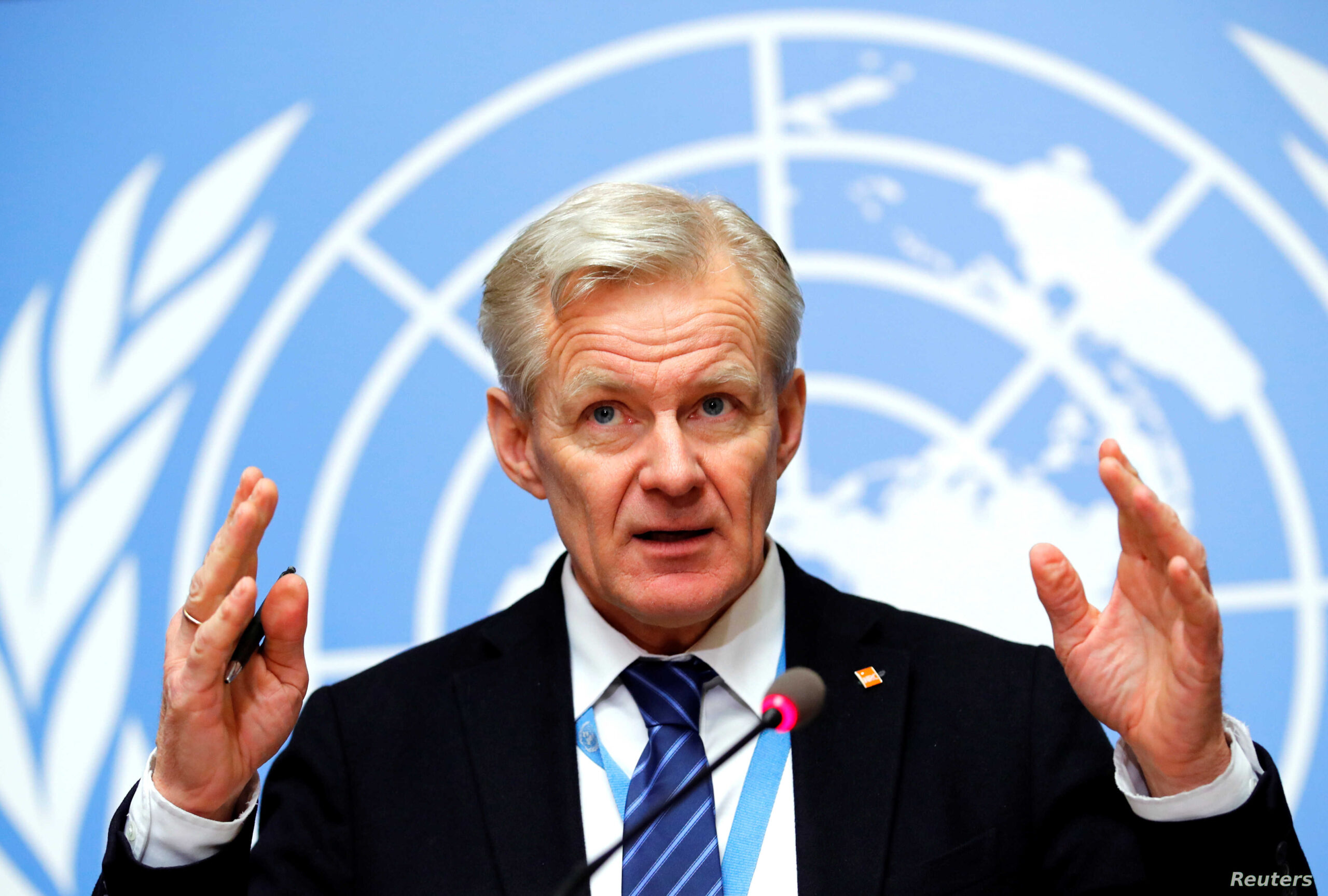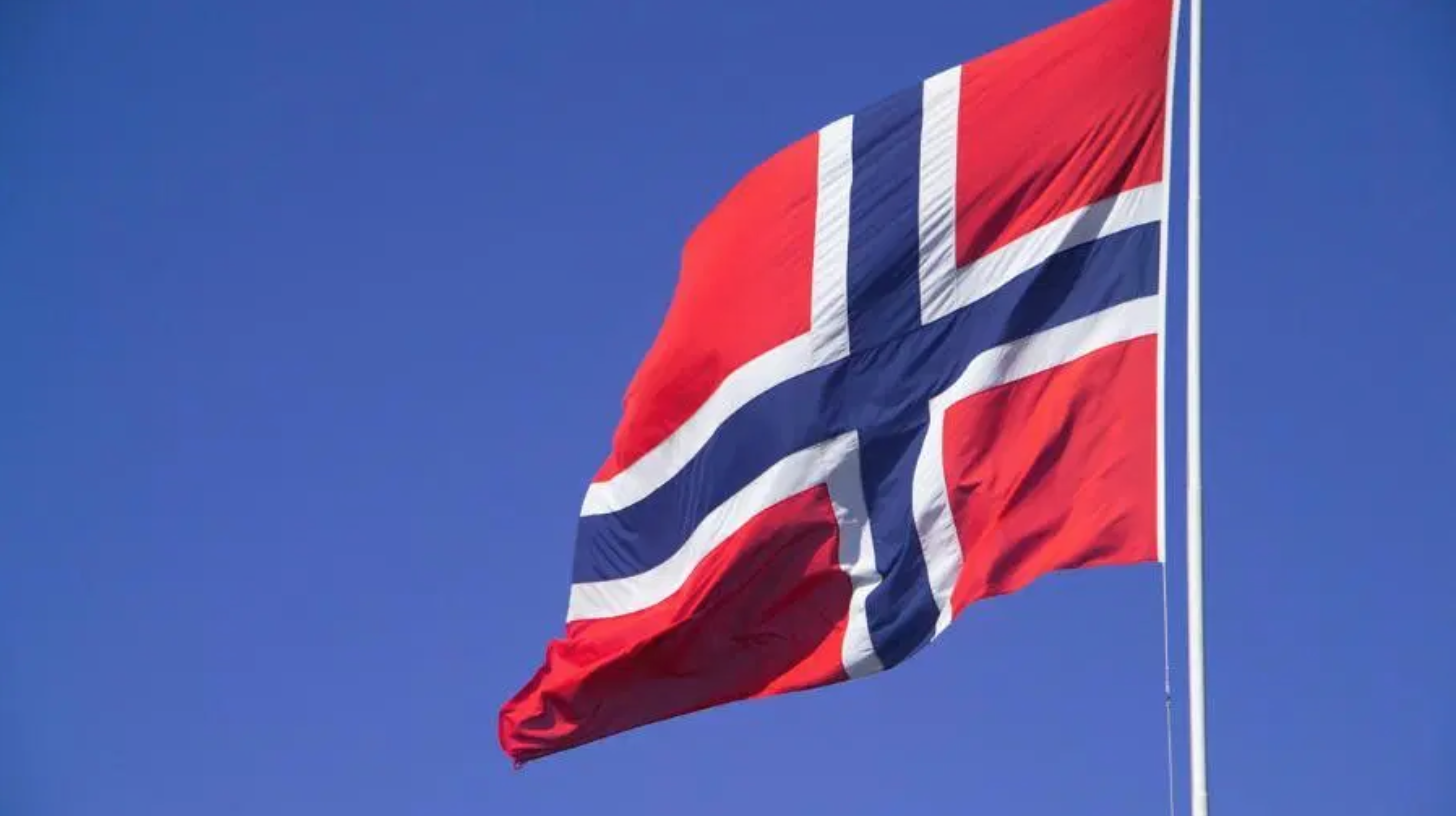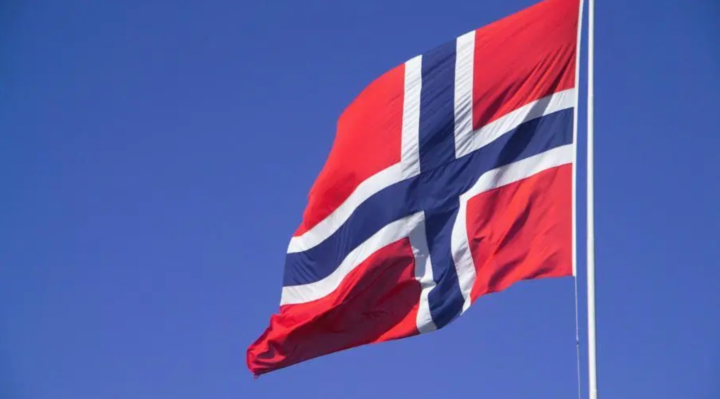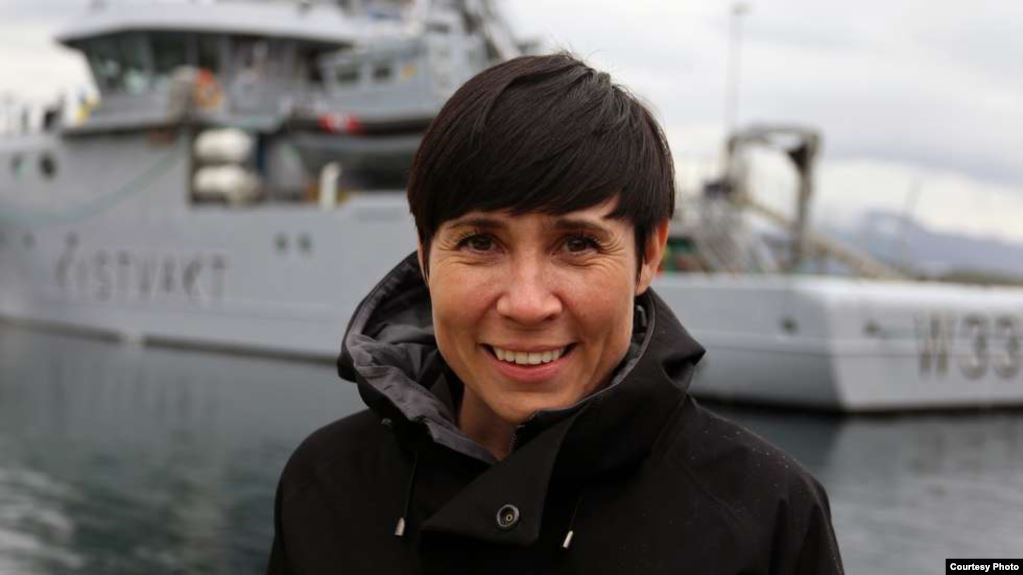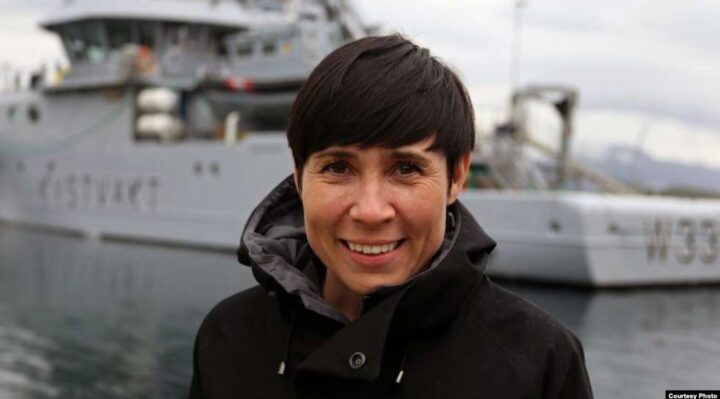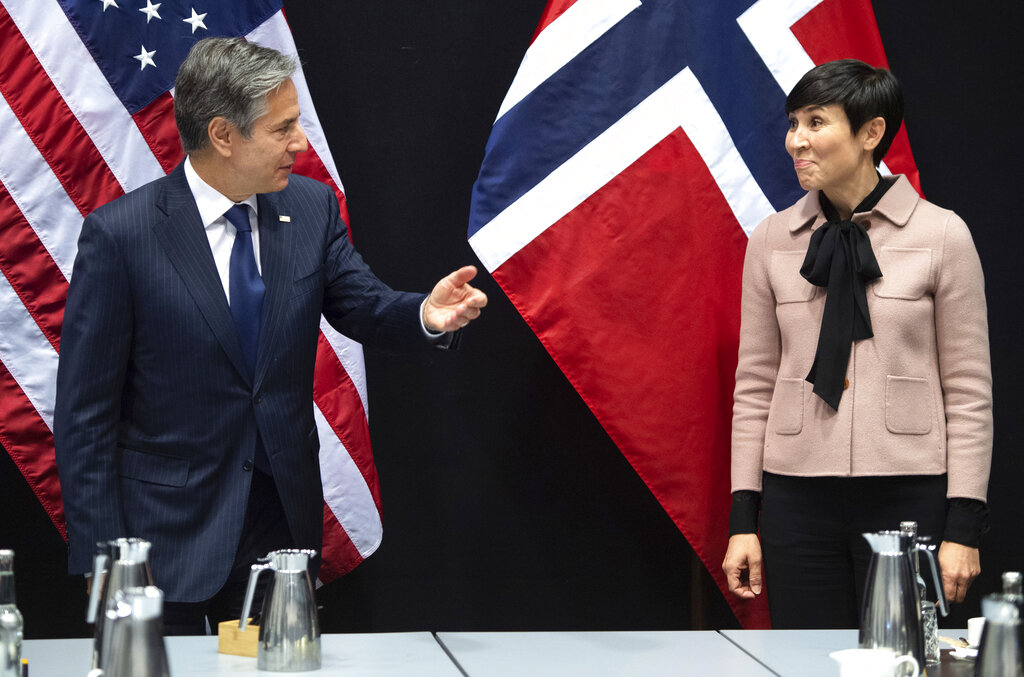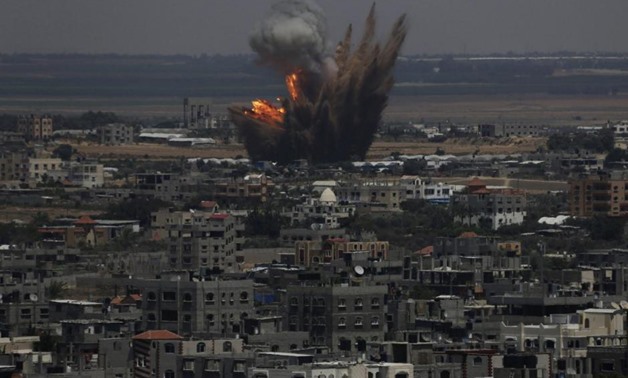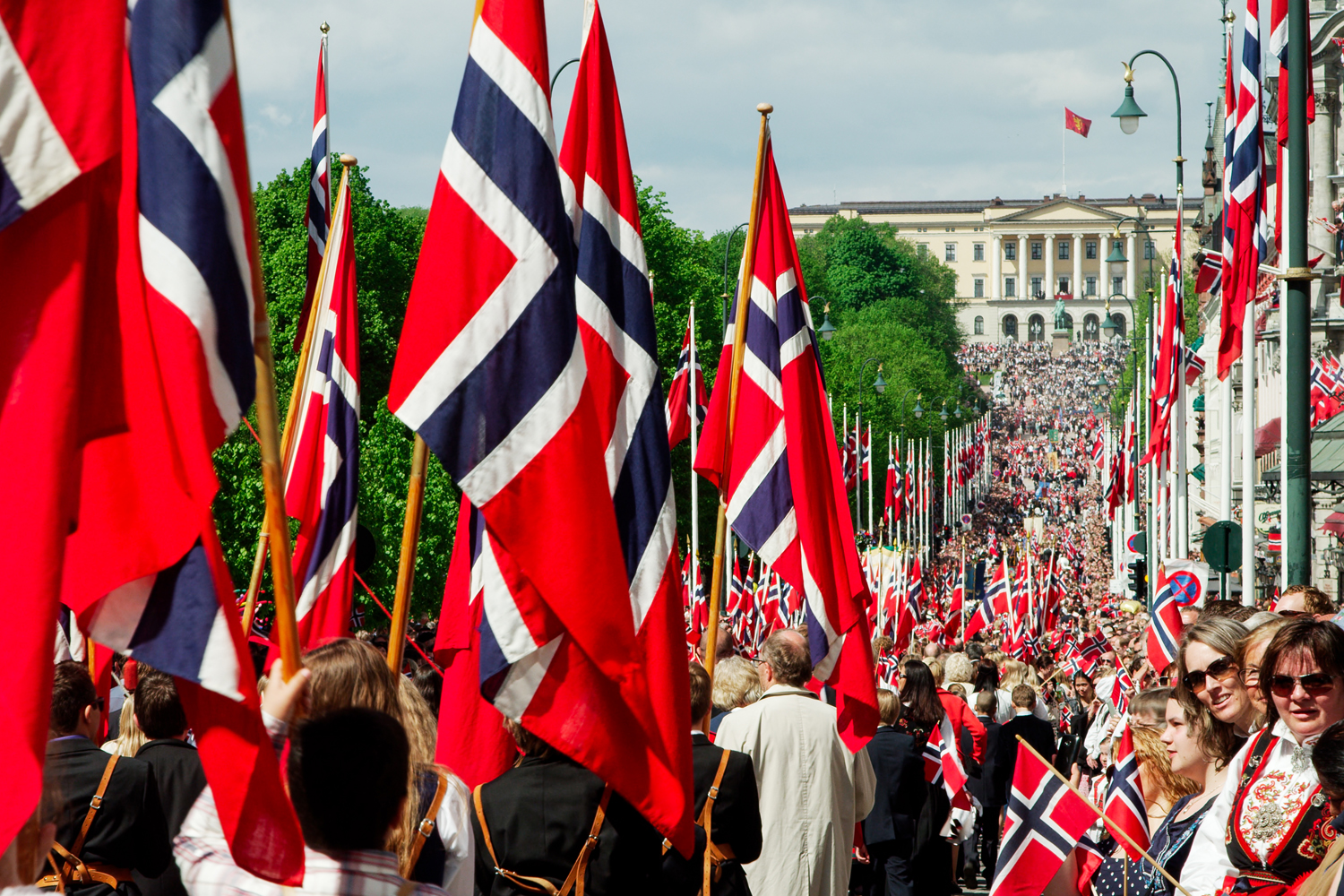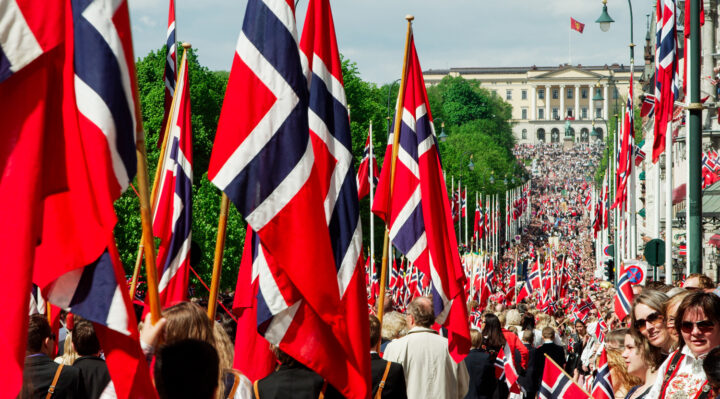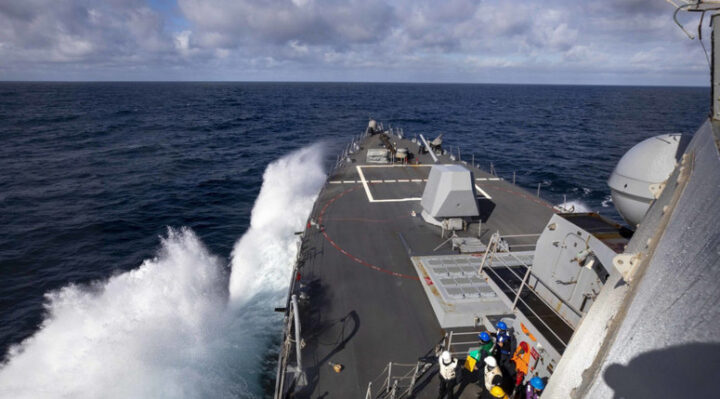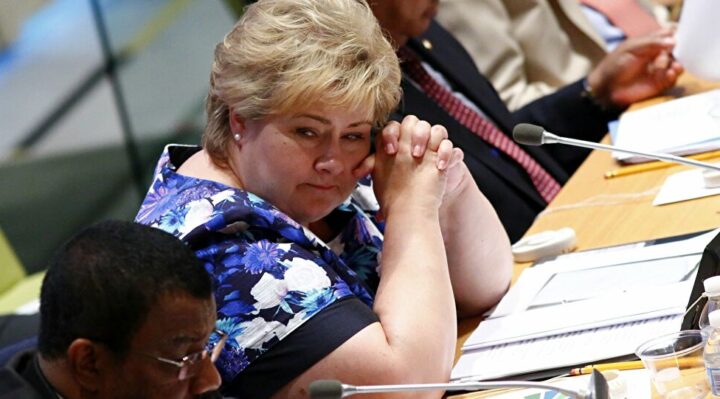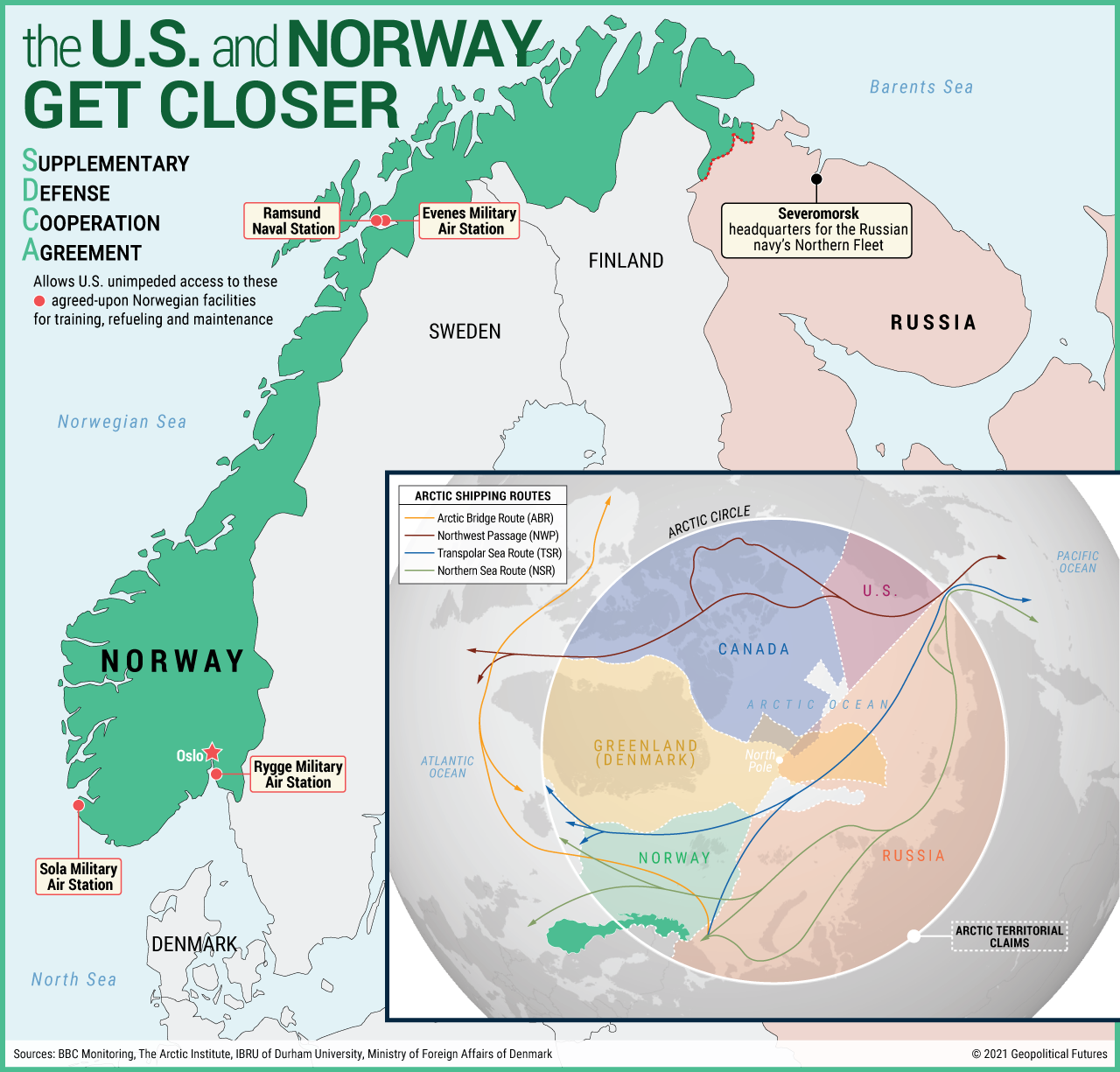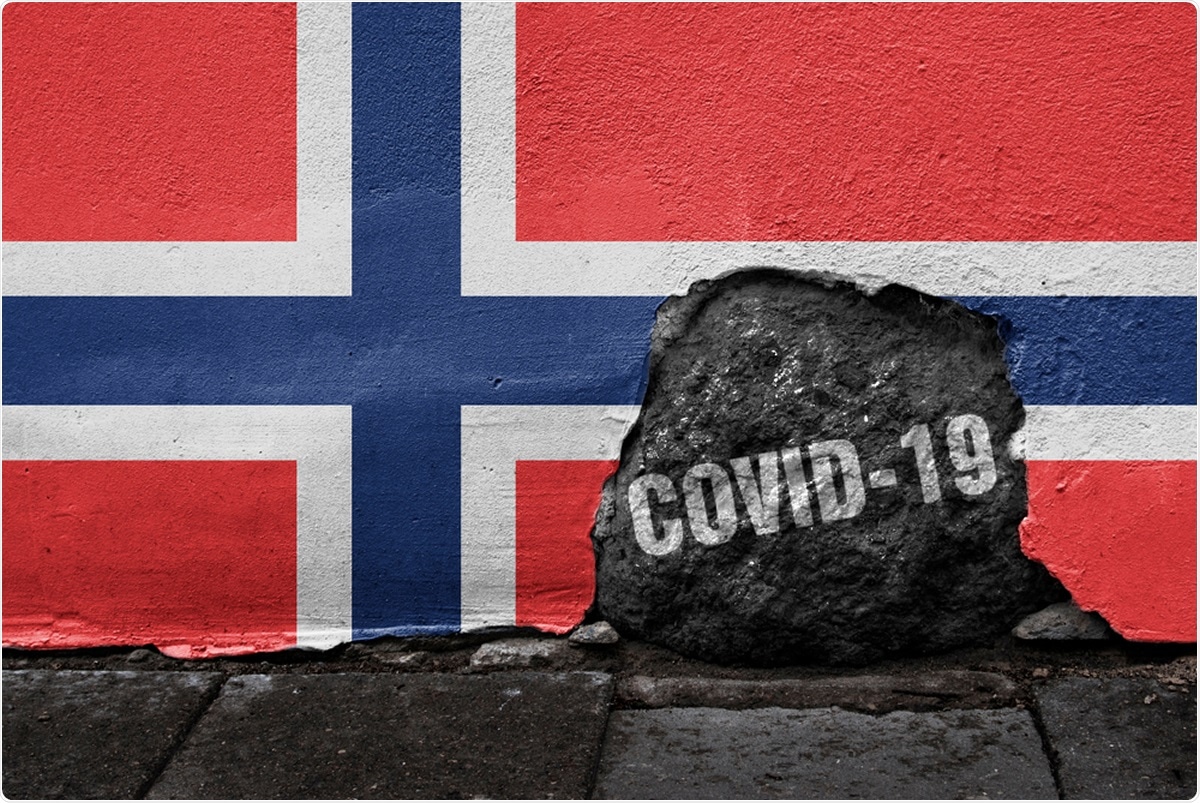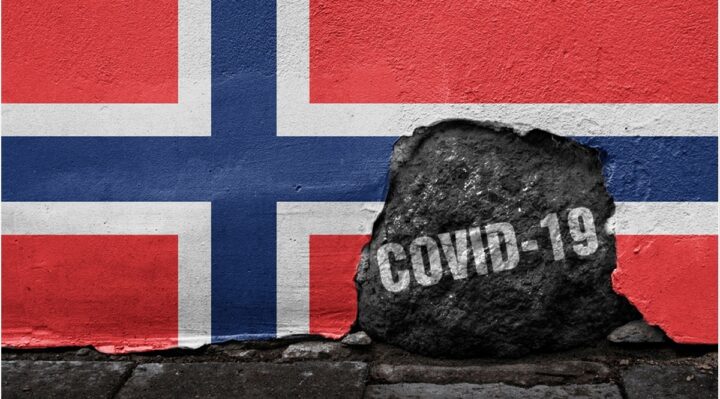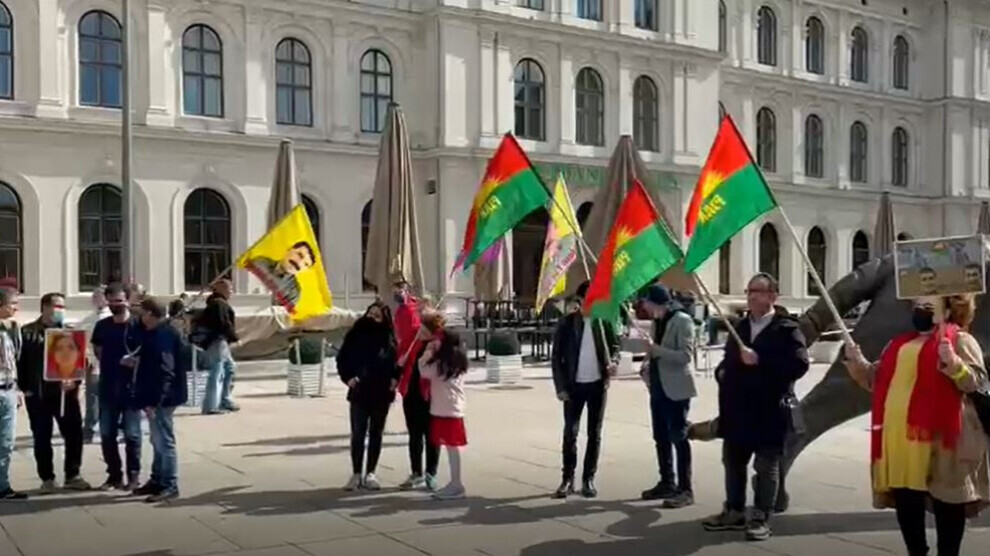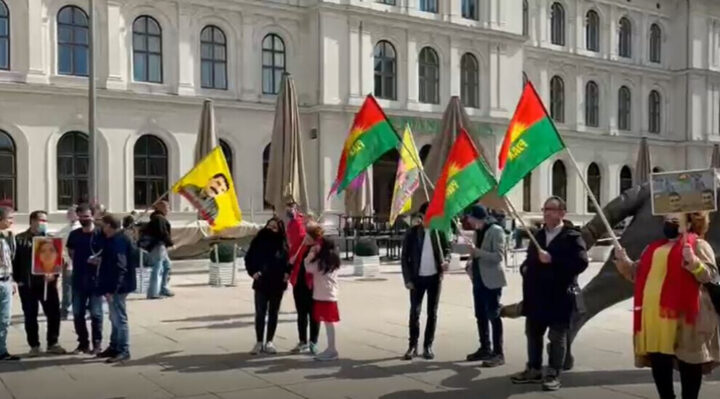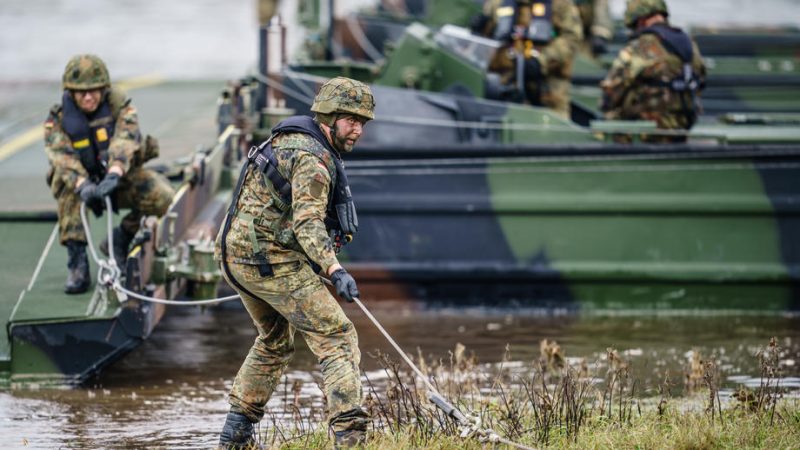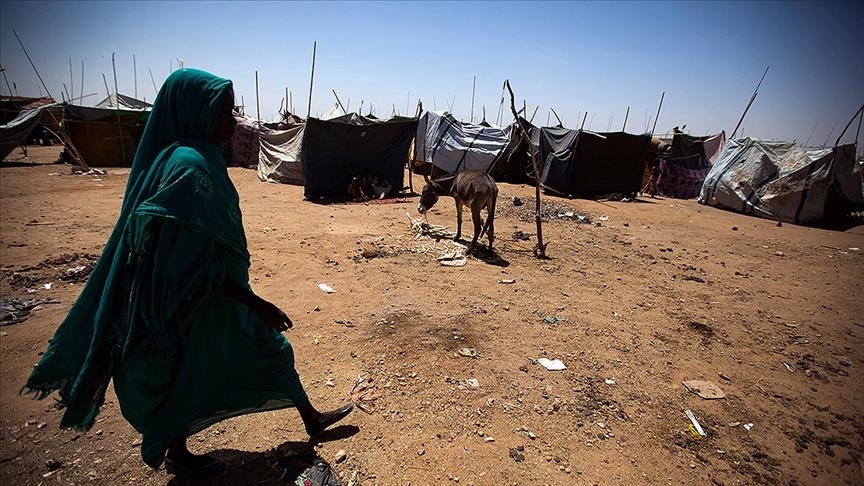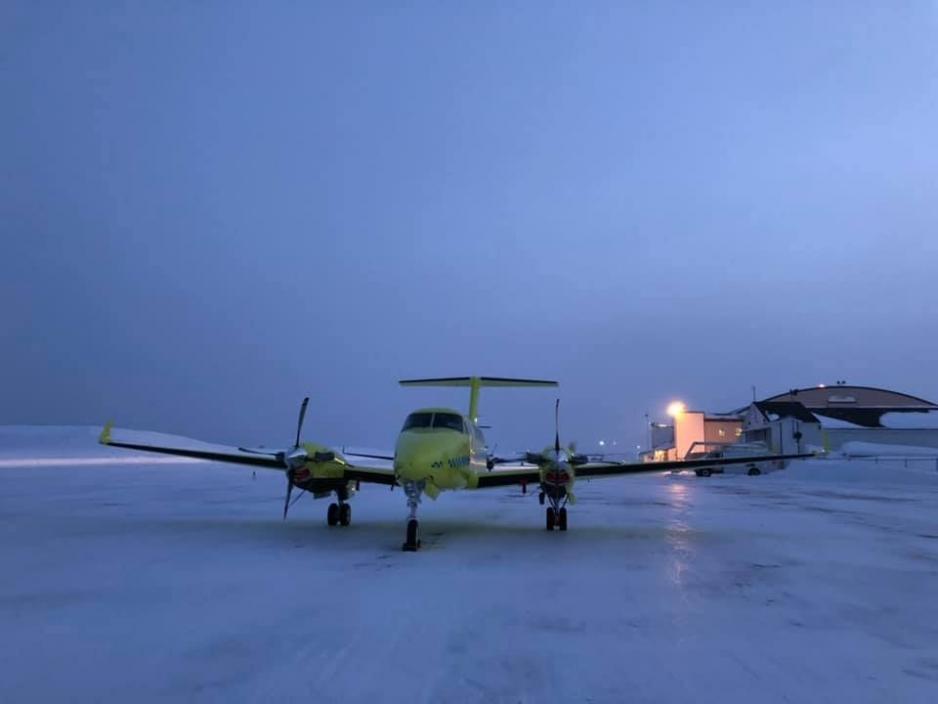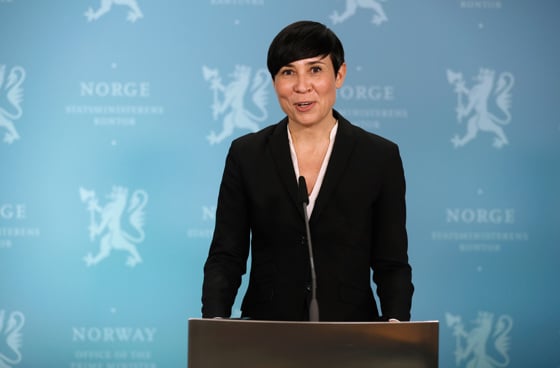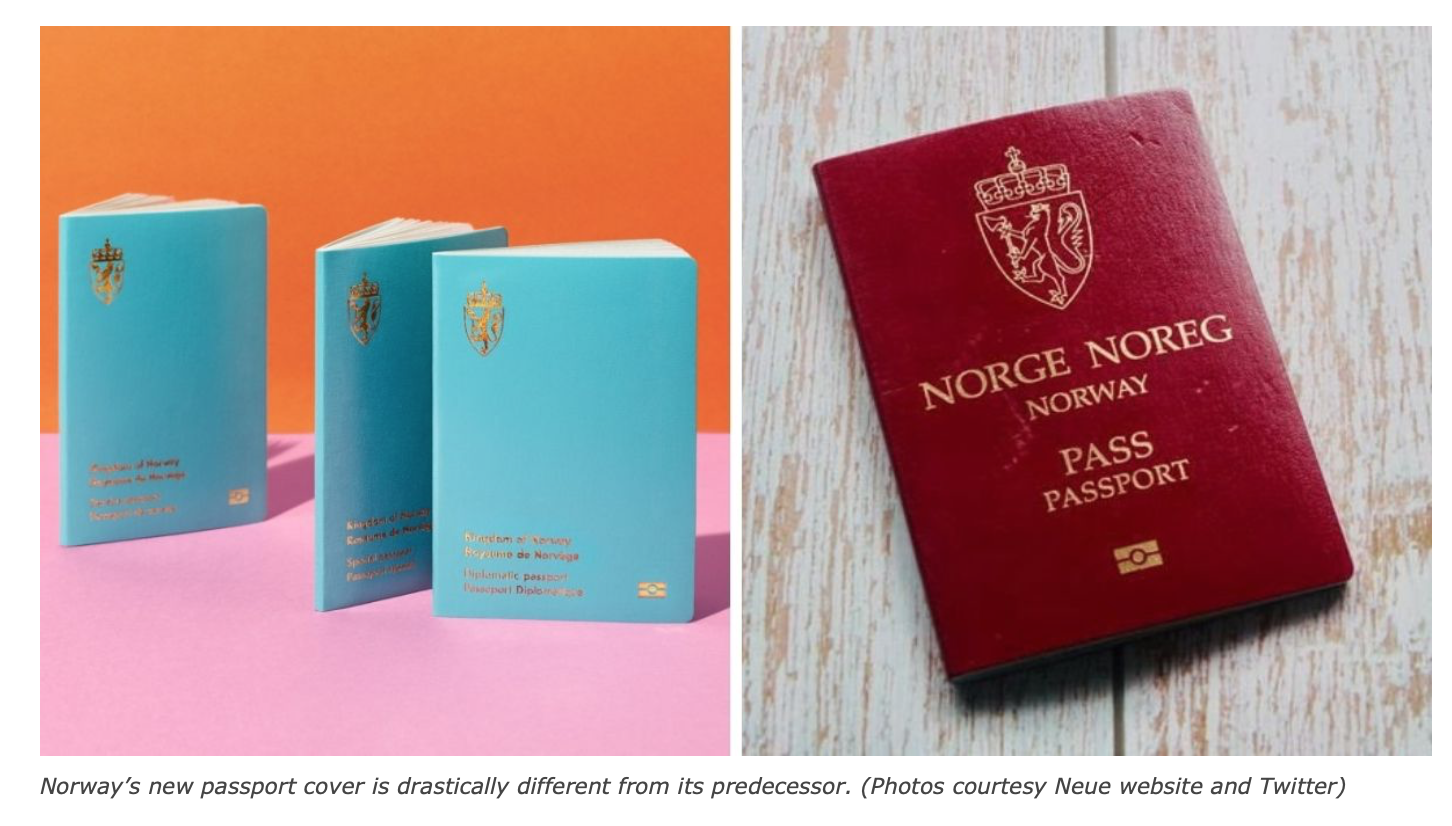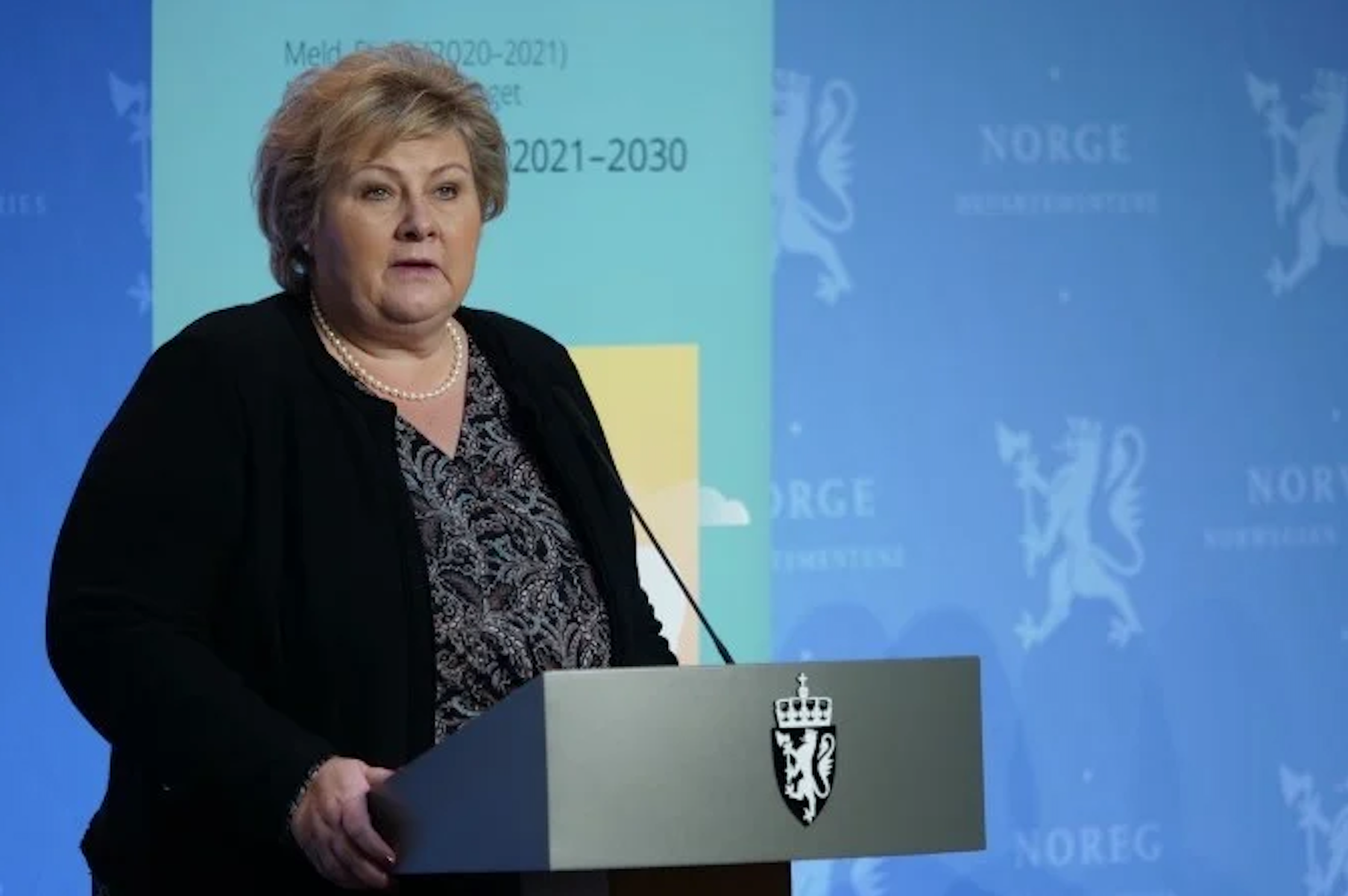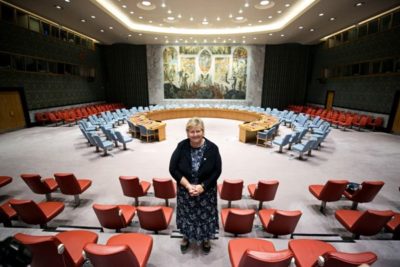“The belated ceasefire announcement for Gaza must be observed by both Israel and the Palestinian armed groups so that we can start reaching out to people most in need. We need immediate, full and unimpeded access to Gaza and the tens of thousands that have been left homeless and deprived of their belongings. We need to urgently start repairing the damage, rebuilding from the accumulated rubble, and healing the physical and mental scars inflicted once again on the besieged people.

“Now that the guns have finally gone silent, let us not mistake this calm for normality. There is no normality to speak of for the two million Gazans under siege, nor for those living in the West Bank under Israeli occupation. Unless the siege on civilians in Gaza is lifted and the wider occupation of Palestinians is brought to an end, the death and destruction that we have seen in the last 10 days are bound to repeat themselves.
“We need leaders in the US, Europe, the Arab world and elsewhere to push Israel and the Palestinians to work out a way that will end this unsustainable injustice and lead to a path where Israelis and Palestinians can live in equal measures of dignity, freedom, justice and peace.”

